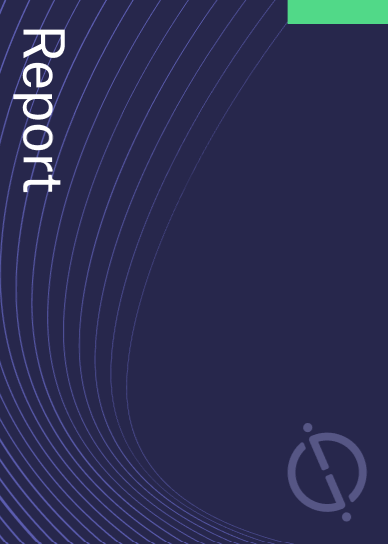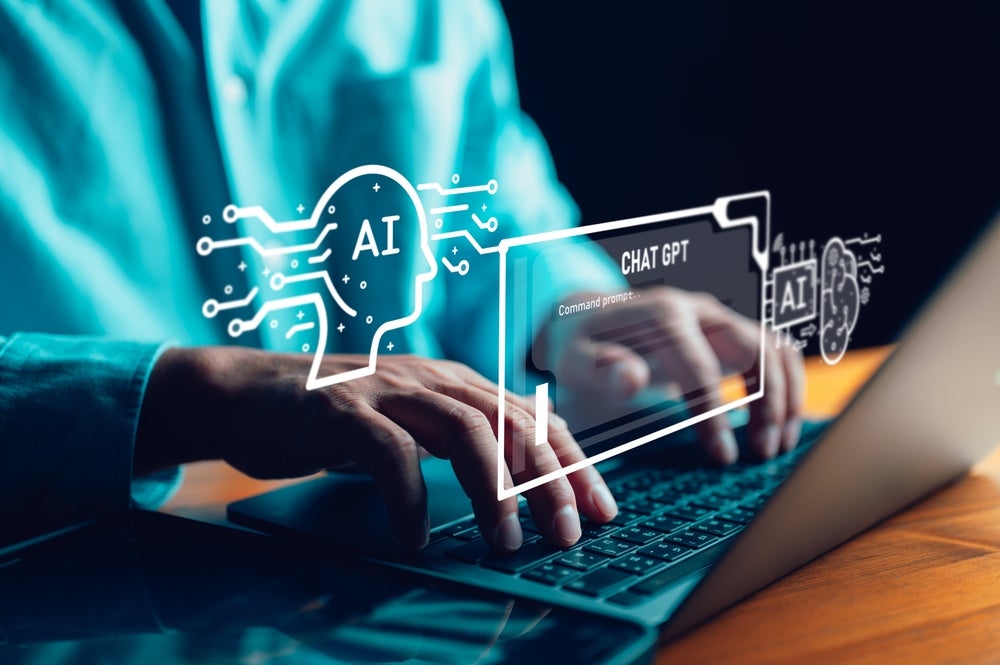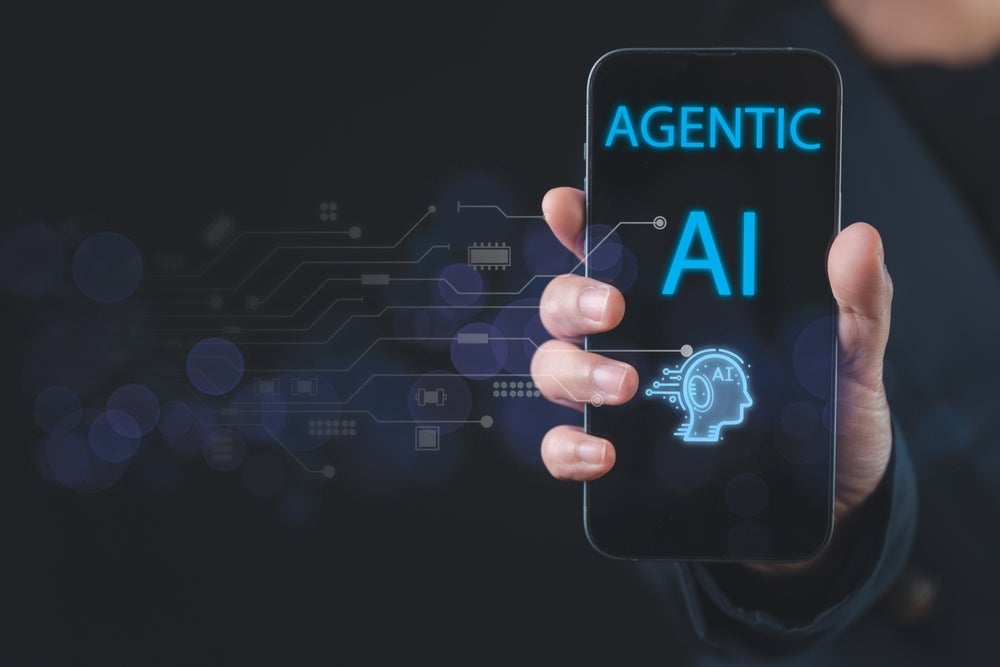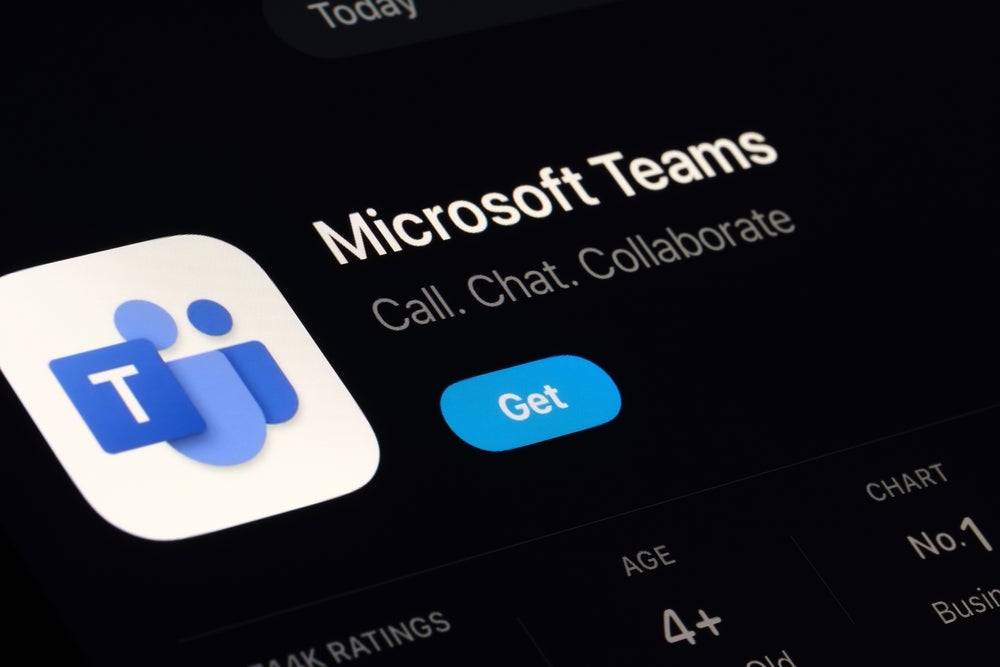The technology industry continues to be a hotbed of innovation. Activity is driven by the increasing complexity of industrial processes, the need for proactive maintenance, and the demand for optimised operational efficiency, as well as growing importance of technologies such as Internet of Things (IoT) sensors, machine learning algorithms, artificial intelligence (AI), and advanced data analytics. These technologies work together to enable real-time data monitoring, anomaly detection, and predictive maintenance, empowering industries to minimise downtime, reduce costs, and enhance overall productivity. In the last three years alone, there have been over 3.6 million patents filed and granted in the technology industry, according to GlobalData’s report on Innovation in Cloud: Real-time fault diagnosis systems. Buy the report here.

Access deeper industry intelligence
Experience unmatched clarity with a single platform that combines unique data, AI, and human expertise.
According to GlobalData’s Technology Foresights, which uses over 2.5 million patents to analyse innovation intensity for the technology industry, there are 300+ innovation areas that will shape the future of the industry.
Real-time fault diagnosis systems is a key innovation area in cloud
Real-time fault diagnosis systems are sophisticated computerised systems that employ advanced algorithms and data analysis techniques to promptly identify, diagnose, and report hardware or software faults as they occur. These systems rapidly collect data from sensors, perform real-time analysis, and promptly provide diagnoses and reports on any detected faults. This technology finds applications across diverse industries such as automotive, aerospace, manufacturing, and healthcare.
GlobalData’s analysis also uncovers the companies at the forefront of each innovation area and assesses the potential reach and impact of their patenting activity across different applications and geographies. According to GlobalData, there are 60 companies, spanning technology vendors, established technology companies, and up-and-coming start-ups engaged in the development and application of real-time fault diagnosis systems.
Key players in real-time fault diagnosis systems – a disruptive innovation in the technology industry
‘Application diversity’ measures the number of different applications identified for each relevant patent. It broadly splits companies into either ‘niche’ or ‘diversified’ innovators.
‘Geographic reach’ refers to the number of different countries each relevant patent is registered in. It reflects the breadth of geographic application intended, ranging from ‘global’ to ‘local’.
Alphabet is one of the leading patent filers in real-time fault diagnosis systems. The company’s patents are aimed at a thermostat including a user interface that is configured to operate in at least two different modes.
The user interface may require more power when operating in the first mode than in the second mode. The thermostat includes a plurality of sensors, including at least one sensor configured to detect the presence of a user within a proximity of the thermostat. The thermostat additionally includes a first processing function that is configured to determine a proximity profile and allow the user interface to be in the first mode, with one or more sensors providing responses that match the proximity profile.
The proximity profile may be computed using a history of responses from the sensors that are likely to coincide with times where users intend to view the user interface.
Other prominent patent filers in the space include State Grid Corporation of China and Launch Tech.
By geographic reach, Alphabet leads the pack, followed by Boeing and Tokyo Electron. In terms of application diversity, Alphabet holds the top position, followed by TTTech Auto and Baidu.
Cloud innovation in real-time fault diagnosis systems can revolutionise the way we identify and address faults in various industries. By harnessing the power of cloud computing, real-time fault diagnosis systems can collect and analyse data from multiple sources in real-time, enabling swift and accurate fault detection. The cloud-based approach offers several advantages, including improved scalability, enhanced data processing capabilities, and seamless integration with existing infrastructure.
To further understand how cloud is disrupting the technology industry, access GlobalData’s latest thematic research report on Cloud Computing – Thematic Intelligence.
Data Insights
From

The gold standard of business intelligence.
Blending expert knowledge with cutting-edge technology, GlobalData’s unrivalled proprietary data will enable you to decode what’s happening in your market. You can make better informed decisions and gain a future-proof advantage over your competitors.







